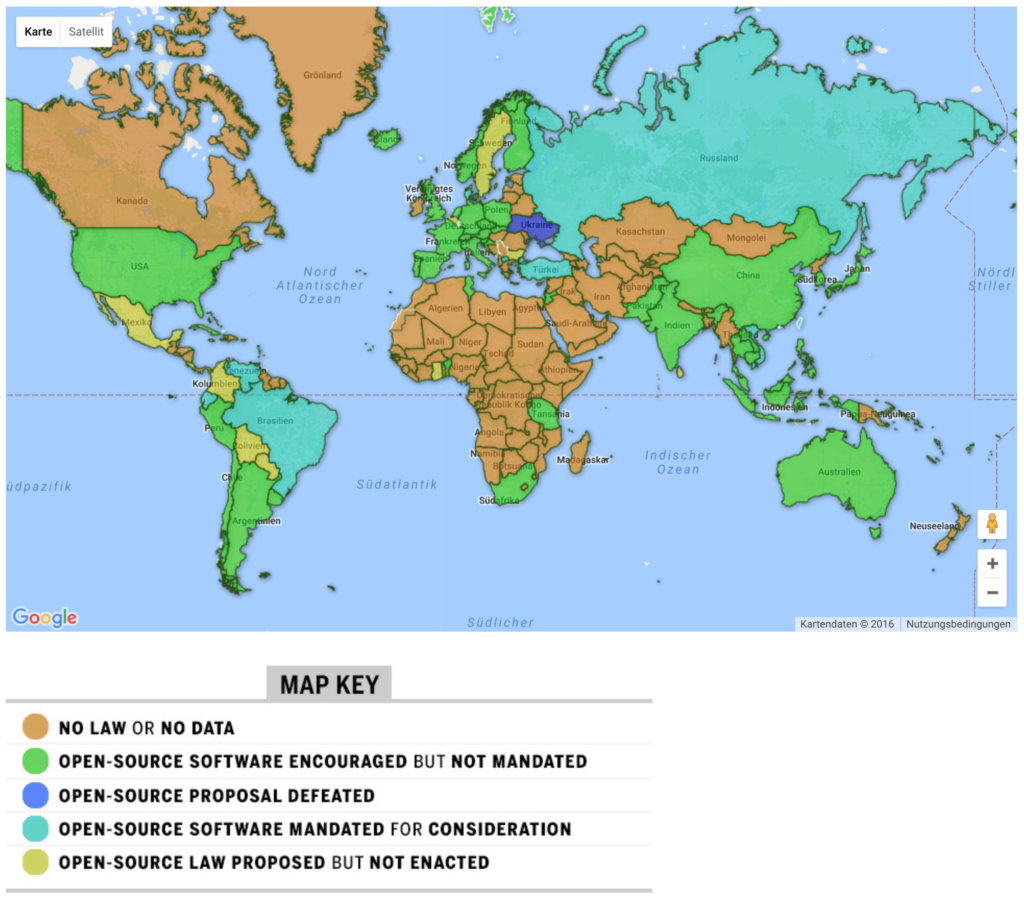The results of the Open Source Impact Study tasked by the European Commission have been widely discussed mainly because of its numbers. Though being announced just now, the study identified for the year 2018 a contribution of 0.4% to the GDP worth EUR 63 billion by FOSS, if measured by the increase in commits. 10% more contributors would even raise the GDP of the European Union by 0.6% (EUR 95 billion). The overall cost-benefit ratio is estimated with at least 1:4.
But it gets even more interesting, when looking into the results of the accompanying survey covering about 900 stakeholders (mainly companies) from all around Europe.
For them, incentives for using and investing in Open Source have been, sorted by relevance:
- finding technical solutions
- avoiding vendor lock-in
- carrying forward the state of the art of technology
- knowledge creation
As benefits they have seen:
- support of open standards and interoperability
- access to source code
- independence from proprietary providers of software
Within the participants the cost-benefit ratio has been estimated even with 1:10.
Quite some news outlets have reported about the presentation of the study’s findings at the OpenForum Europe Policy Summit 2021, though the final report to the Commission is still pending.
English: “How much are open-source developers really worth? Hundreds of billions of dollars, say economists” by Daphne Leprince-Ringuet
German: “Studie: Open Source trägt 95 Milliarden Euro zur EU-Wirtschaftskraft bei” by Stefan Krempl
Update 2021/02/15 – Netzpolitik.org hat heute auch ein Interview mit dem maßgeblich an der Studie beteiligten Innovationsforscher Knut Blind veröffentlicht: “Open Source braucht öffentliche Finanzierung” von Alexander Fanta
Update 2021/09/06 – The full report has now been published: “Study about the impact of open source software and hardware on technological independence, competitiveness and innovation in the EU economy”.

